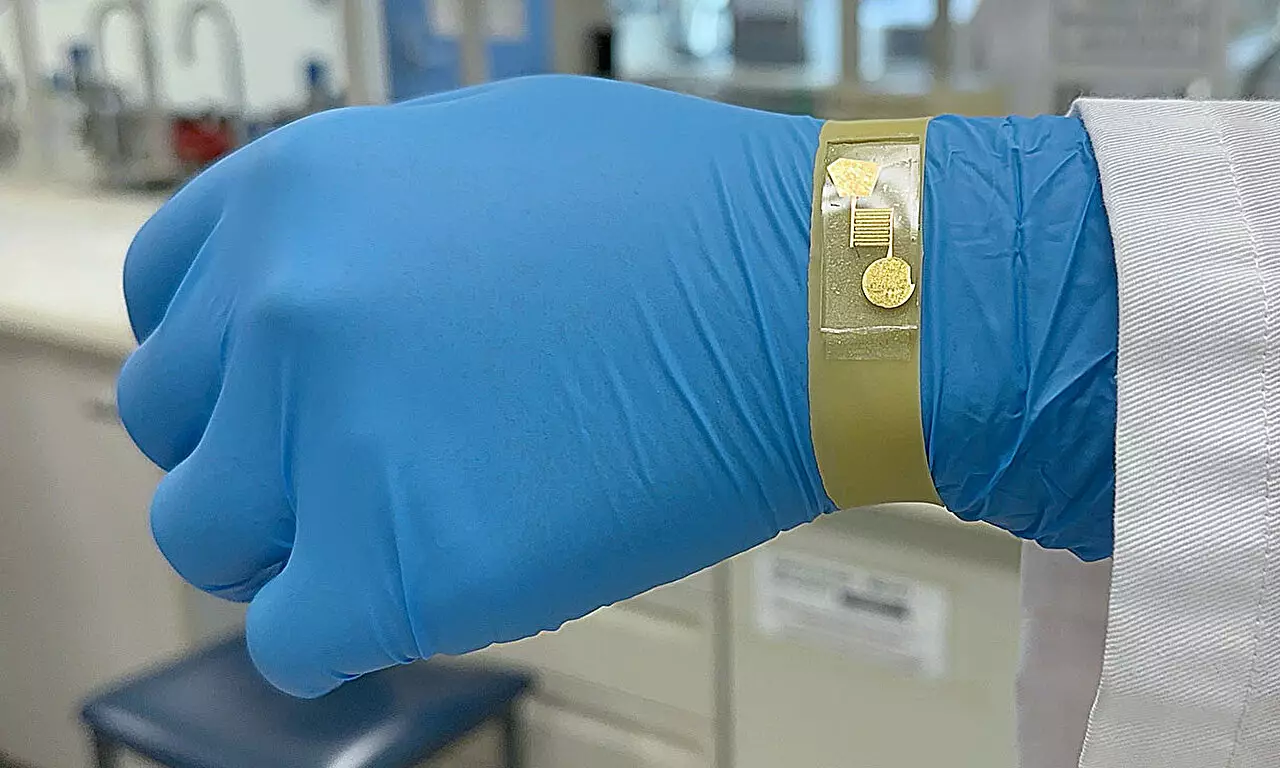In recent years, engineers in Australia have made remarkable progress in developing a small ammonia gas sensor. This sensor, a simple but highly effective proof-of-concept, has the potential to revolutionize various industries. Collaboratively built by researchers at RMIT University, the University of Melbourne, and the ARC Centre of Excellence for Transformative Meta-Optical Systems (TMOS), this innovative device opens up new doors for safer hydrogen storage and specialized medical diagnostic devices.
Enhanced Safety Measures for Hydrogen Storage
High levels of ammonia exposure can lead to chronic lung conditions and irreversible organ damage. With the growing popularity of using ammonia as a means of storing hydrogen for clean fuel, it becomes increasingly crucial to ensure safe operation during its transportation. Reliable and sensitive detection of ammonia leaks is essential in rapidly identifying and mitigating potential threats. This ammonia gas sensor, with its ability to detect even the smallest amounts of the gas, offers a valuable solution to this critical safety concern.
Beyond its applications in hydrogen storage, the ammonia gas sensor also holds immense promise in the field of medical diagnostics. While excessive ammonia exposure can be harmful, the gas is also present in human breath, serving as a vital biomarker for diagnosing various diseases such as kidney and liver-related disorders. By harnessing the sensor’s capability to measure minute quantities of ammonia, it can be engineered to detect the gas on people’s breath, enabling doctors to efficiently identify and treat these health disorders.
The sensor developed by the research team features atomically thin transparent tin dioxide, offering far greater sensitivity compared to existing technologies. As an “electric nose,” it can distinguish ammonia from other gases with exceptional selectivity. The sensor’s technology operates based on the change in electrical resistance of the tin oxide film when exposed to ammonia. The primary advantage lies in its scalability and precision in detecting ammonia gas at different concentrations (ranging from 5 to 500 parts per million) and under various conditions, including temperature.
A Safer and Portable Solution
Compared to current techniques, which require expensive laboratory equipment and extensive sampling and preparation procedures, the miniaturized sensor presents a safer and more convenient solution for detecting toxic levels of ammonia. These existing methods often demand qualified technicians and are time-consuming, hindering their portability. In contrast, the team’s new sensor provides instantaneous differentiation between safe and dangerous levels of ammonia in the environment. Moreover, its reproducible tin oxide deposition techniques offer cost-effective mass production, making it highly accessible for widespread use.
The Manufacturing Breakthrough
One of the critical breakthroughs in this research project lies in the manufacturing process of the ammonia gas sensor. The team employed a low-cost and scalable technique to deposit super thin tin dioxide onto various base materials, including flexible ones. Previous approaches faced challenges in achieving this feat. By directly harvesting a tin oxide film from the surface of molten tin at 280 degrees Celsius, the team managed to produce a film that is 50,000 times thinner than paper. This achievement opens up new possibilities for incorporating the sensor into flexible and portable devices.
The advancements made in the development of ammonia gas sensors by Australian engineers bring new hope for safer hydrogen storage and improved medical diagnostics. The sensor’s ability to detect tiny amounts of ammonia paves the way for enhancing safety measures during the transportation of hydrogen. Simultaneously, its potential to detect ammonia on people’s breath offers a non-invasive and reliable method for early disease detection. With additional research and refinement, this technology has the potential to revolutionize multiple industries, ensuring a safer and healthier future for all.



Leave a Reply